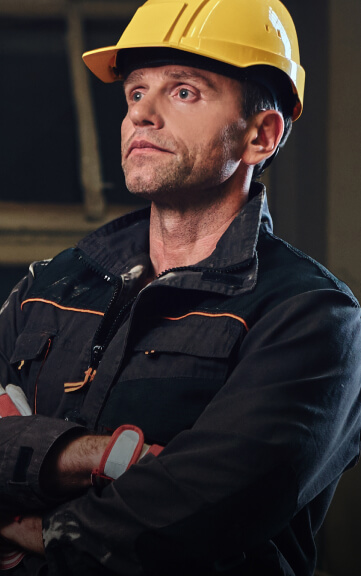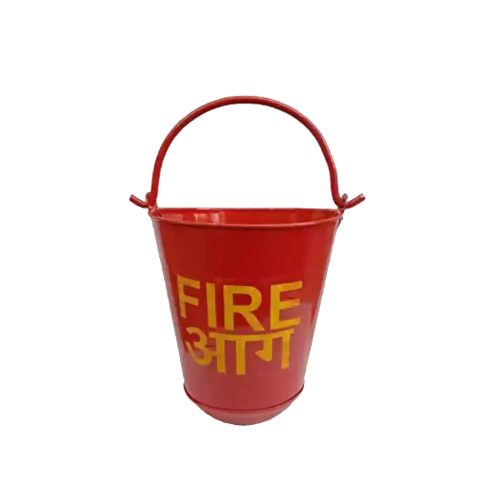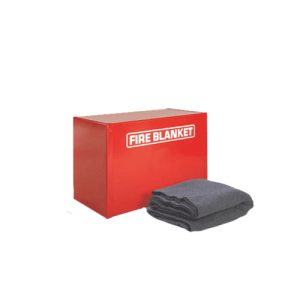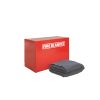-
Specifications
- Material
- Metal Fire Buckets: Usually made from steel or galvanized iron, offering durability and resistance to rust and corrosion.
- Plastic Fire Buckets: Lightweight and portable, made from high-density polyethylene (HDPE) or polypropylene, resistant to impact and suitable for outdoor use.
- Coating: Powder-coated finishes or painted with fire-resistant coatings for additional durability and resistance to the elements.
- Capacity
- Common sizes range from 5 liters to 10 liters, with 20-liter models available for larger applications.
- The capacity can vary based on intended use, with larger buckets suitable for industrial environments and smaller ones for home or office settings.
- Fire Suppression Material
- Water-Filled Buckets: Primarily for class A (ordinary combustibles) fires, used in places like kitchens, workshops, and garages.
- Sand-Filled Buckets: Often used for flammable liquid fires or electrical fires, as sand smothers flames and prevents spreading.
- Fire Extinguishing Powder: Some fire buckets are pre-filled with fire-retardant powder, suitable for general fire types.
- Foam or Gel: In certain cases, fire buckets are designed to hold foam or gel-based fire suppression agents, ideal for grease or flammable liquid fires.
- Design Features
- Handle: Equipped with a sturdy metal or plastic handle for easy carrying and maneuvering.
- Wide Mouth: Allows for easy filling and quick application of the extinguishing agent.
- Stackable Design: Some models are designed to be stacked for convenient storage in areas where space is limited.
- Durability
- Impact Resistance: Built to withstand rough handling, especially for industrial and outdoor use.
- Weatherproof: Plastic models are weather-resistant, suitable for outdoor environments where they may be exposed to sun, rain, and extreme temperatures.
- Rust and Corrosion Resistance: Metal buckets are treated to resist corrosion, especially those made for use in coastal or humid environments.
- Labeling and Identification
- Fire Safety Markings: Clearly marked with “FIRE” and often fire symbols to make them easily recognizable in emergency situations.
- Color: Typically red for high visibility, with some models featuring color-coded lids for distinguishing contents (water, sand, etc.).
- Reflective Tape: Some models are equipped with reflective tape for visibility in low light conditions.
- Compliance and Certification
- Complies with local fire safety regulations and may be certified to standards such as BS EN 3, NFPA, or ISO 9001.
- Designed to meet OSHA (Occupational Safety and Health Administration) guidelines for fire safety in workplace environments.
- Applications
- Industrial: Used in factories, warehouses, and construction sites where immediate fire suppression may be needed for small fires.
- Commercial: Commonly placed in offices, kitchens, and retail spaces for quick response to fire emergencies.
- Residential: Used in homes and garages for small fire incidents like grease or electrical fires.
- Outdoors: Often found in parks, campsites, or outdoor events to combat small brush or cooking-related fires.
- Optional Accessories
- Lid: Some fire buckets come with a lid to prevent contamination of the contents or to keep materials dry.
- Wall-Mounted Brackets: Available for mounting fire buckets in strategic locations for easy access during emergencies.
- Material






Reviews
There are no reviews yet.